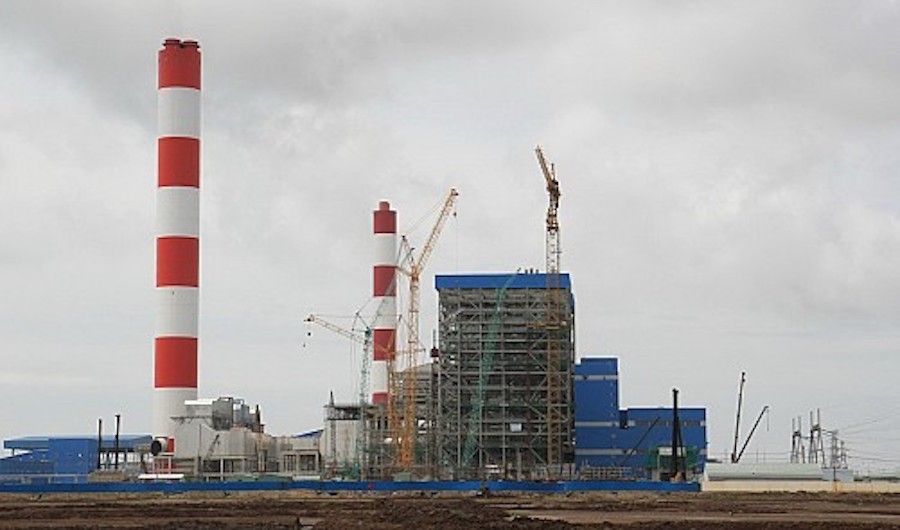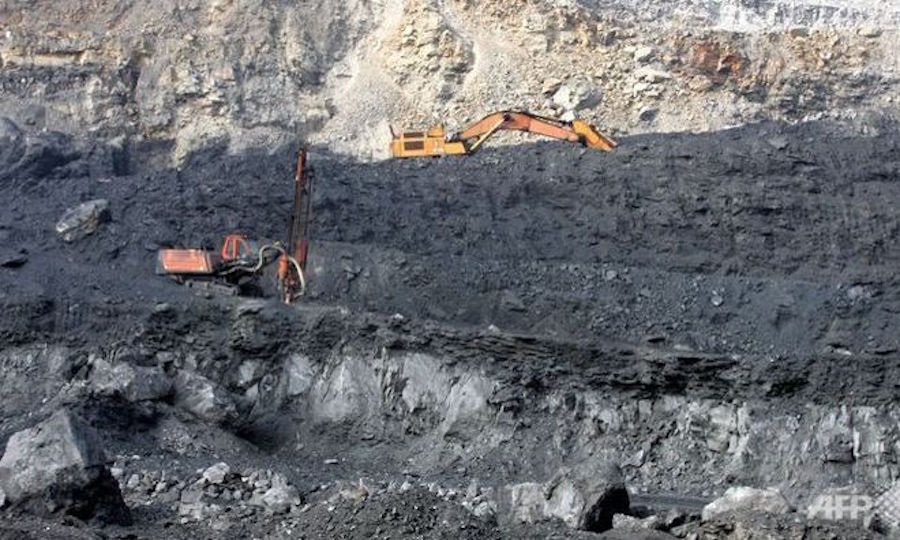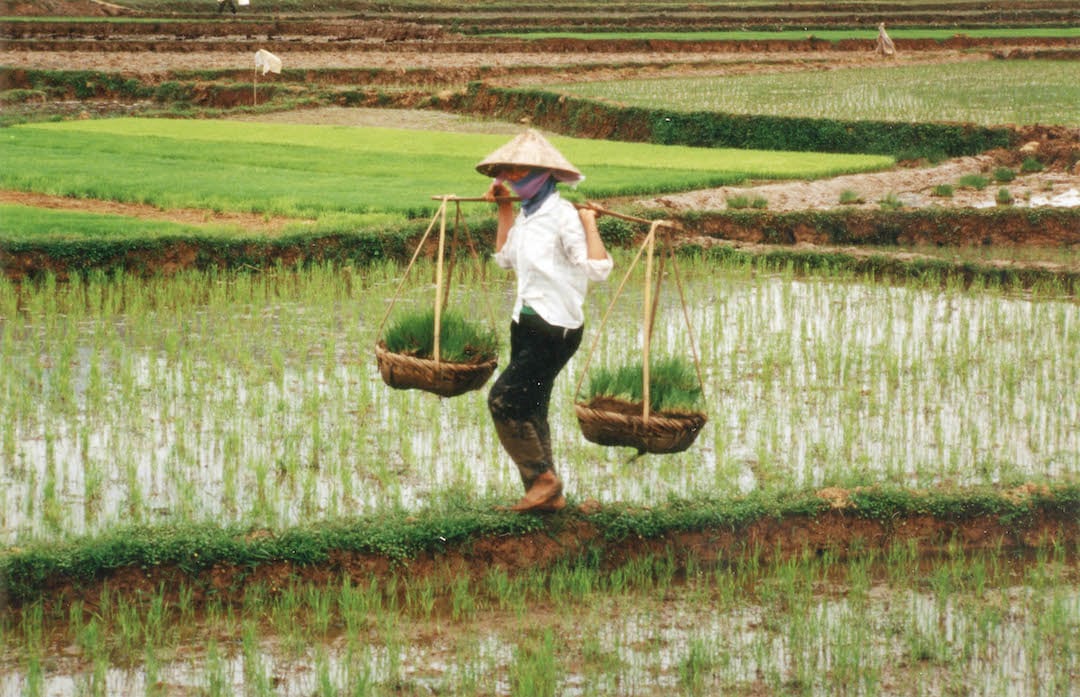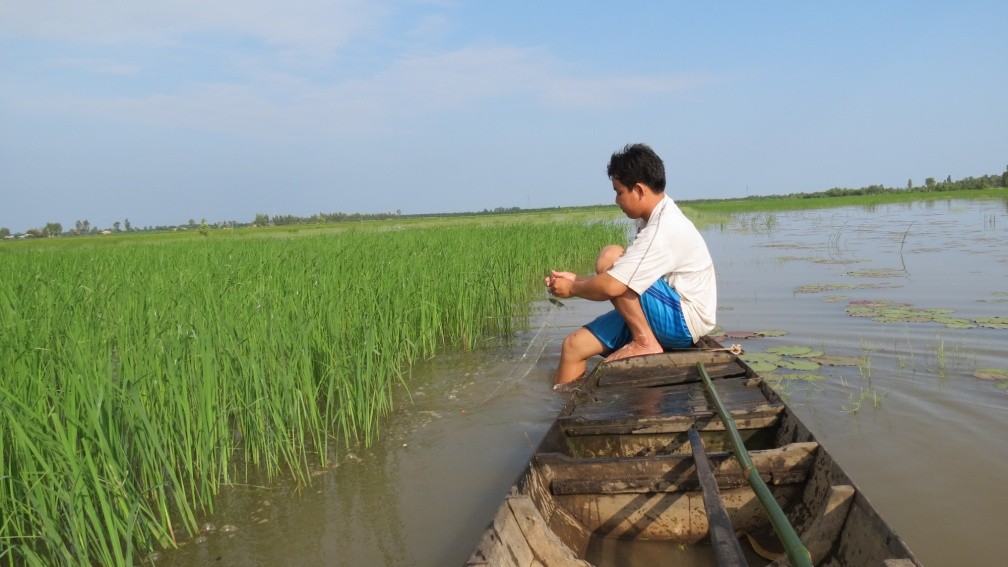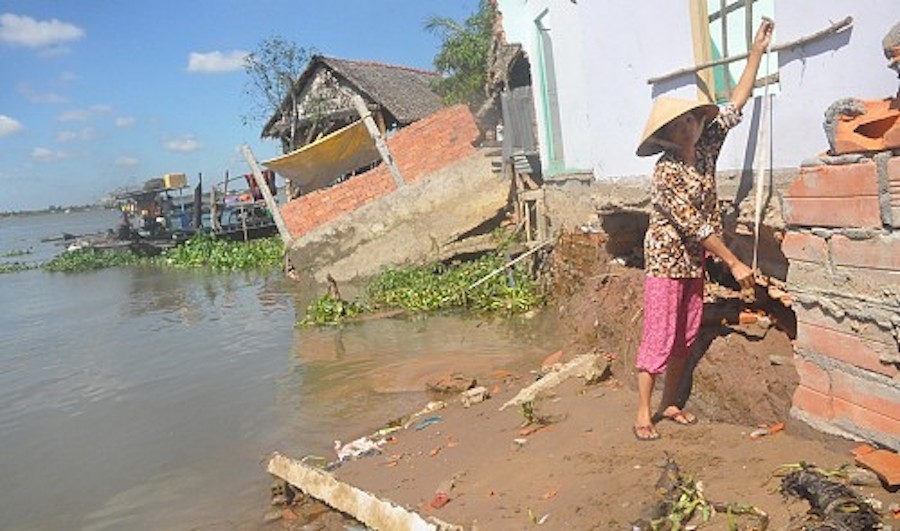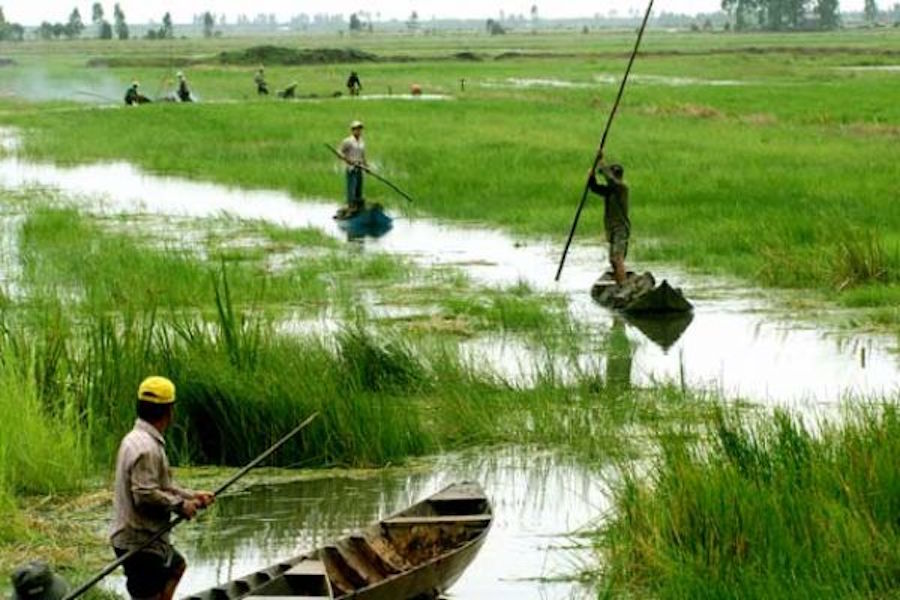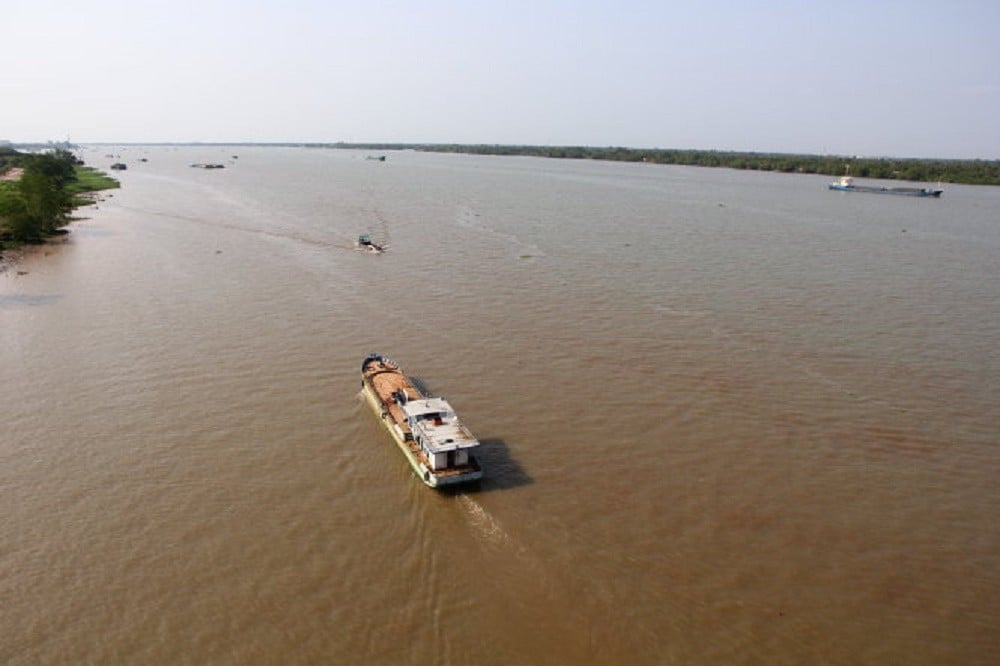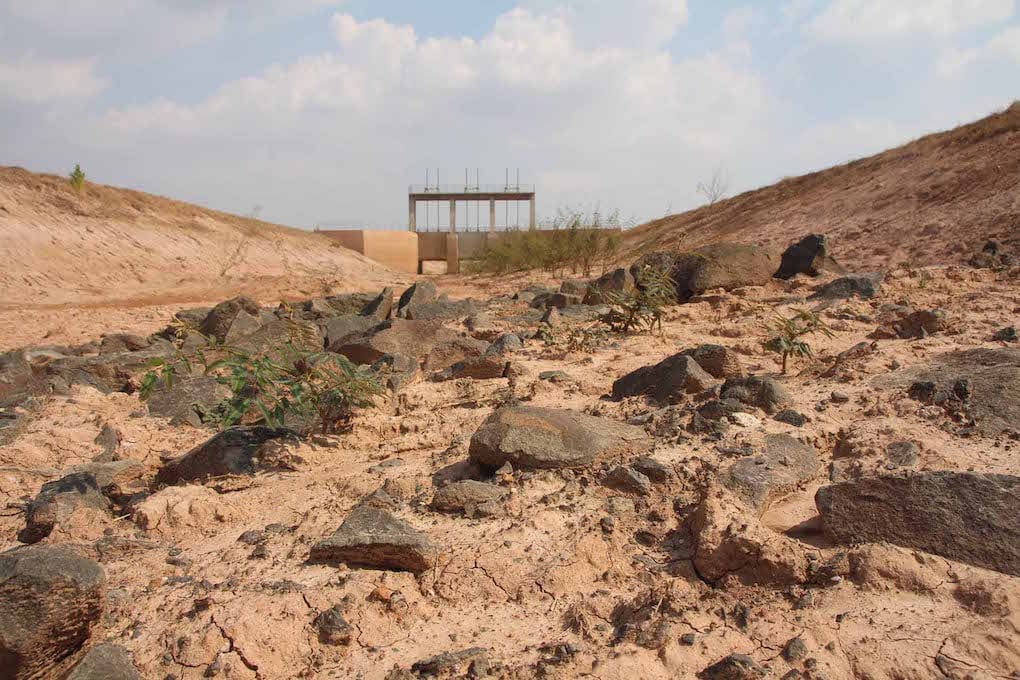Experts from ministries and the World Bank discussed the contents of a project on building a databse serving climate change adaptation in the Mekong Delta region at a workshop in Hanoi on October 5.
Tag: mekong delta
Coal-fired power plants threaten Vietnam deltas
Vietnam’s plan to take its total number of coal-fired power plants to 31 by 2020 has raised environmental concerns.
To minimize costs and the loss of electrical power during transmission, thermal power plants in Vietnam are usually built near large economic centers of the country’s Red River Delta and Mekong Delta regions, where electricity usage is at its highest.
Environmental hazards caused by these types of power plants came to the fore in April 2015, when coal ashes from Vinh Tan 2 Thermal Power Station in Binh Thuan Province spread to nearby residential areas due to low levels of air humidity.
Vietnam province scraps coal plant over environmental concerns
The Mekong Delta’s Bac Lieu Province scrapped plans for a coal-fired thermal power plant to pursue clean-energy options, last week.
The provincial government has requested permission to withdraw from the project to build wind turbines. Bac Lieu is currently home to one of Vietnam’s three wind power plants, the other two are located in Binh Thuan Province just north of the tourist town Mui Ne.
Water Conflicts and the Fate of Mekong Delta
Water conflict on the Mekong is getting increasingly tense and the fate of Mekong Delta is really being threatened by drought and salinity intrusion. The Kong-Chi-Mun-Loei project aims to get irrigation water supply for 4 river basin covering 1.8 million hectares for rainy season and about 900,000 hectares for dry season in 17 provinces of northeastern Thailand. The project will take the water amount equivalent of 1,200m3/s from Mekong River. In the dry season, the flow on the Mekong River in recent years is only about 2,500m3/sec. Thus, the amount of water Kong-Chi-Mun-Loei project would take almost accounts for half the amount of water on the Mekong.
Why silt is so important for the Mekong
Just as forests are more than only trees, rivers are more than water. The Mekong river carries massive loads of sediment and nutrients from upstream to downstream and across national borders, replenishing and enriching the land as it goes. This process is key to sustaining the ecological integrity of the river and surrounding landscapes, which in turn supports the economy.
However, a boom in sand mining and hydropower development on the Mekong is transforming the river’s sediment flows, with profound consequences for the region if left unchecked. For a prosperous, sustainable future for the region, all Mekong countries must come together now and adopt international standards for managing transboundary river resources.
Flood crisis threatens to kill Vietnam’s rice bowl
The Mekong Delta makes up 55.5 percent of the country’s annual rice output. Shortage of floods has resulted in a hefty 50 percent decrease in sediment deposited in the Mekong Delta each year, causing Vietnam’s largest delta to face serious subsidence and likely disappearance in the future.
Major rivers of Vietnam’s Mekong Delta become unusually deeper
Vietnamese scientists have warned of the unusual increase in the depth of two major rivers in the Mekong Delta, with sand mining and hydropower dams said to be the cause.
According to experts, instead of being accreted, the 250-kilometer long Tien (Front) River and 200-kilometer Hau (Back) River have become five to seven meters deeper since 2008.
The Mekong separates in Phnom Penh into the Tien River, the main northern branch, and the Hau River, the primary southern distributor, after entering Vietnam.
International reports warn about disintegration of Mekong River Delta
A research work by the National University of Singapore on the impact of the Manwan hydropower dam in China in the Mekong Delta showed that 160 million tons of sediment flowed to the delta each year in the past, before the dam was built.
Since the dam was put into operation, the figure has dropped to 75 million tons.
Along the factory-dense rivers of Vietnam’s Mekong Delta
Much as the banks of a river play a crucial role in its ecosystem and purity, what runs along two of the Mekong Delta’s major waterways is a series of non-environmentally friendly industrial plants and factories.
Dubbed the country’s rice basket, the Mekong Delta is the region in southwestern Vietnam where the Mekong River approaches and empties into the sea via a vast network of distributaries.
Of those distributaries, the main branches of the Mekong River in Vietnam are the Hau and Tien rivers, which both play a crucial role in the region’s land and climate conditions.
However, along the banks of these two rivers now exist a number of factories, processing plants and industrial parks.
The water conflict on the Mekong
Ban Klang is a 400-year old village in Chiang Khan district, Loei province, Thailand. The village, home to more than 1,000 residents, is located next to Loei’s river mouth, connecting the tributary to mainstream of the Mekong River. The village is famous as a peaceful destination for tourists.
However, upon entering Ban Klang in recent times, visitors are surprised to notice banners hanging in-front of residents’ houses throughout the town, declaring “No Si Song Rak water gate here” and “Ban Klang residents do not need Si Song Rak water gate.” These are just examples of the rising water conflict in the Mekong region.


